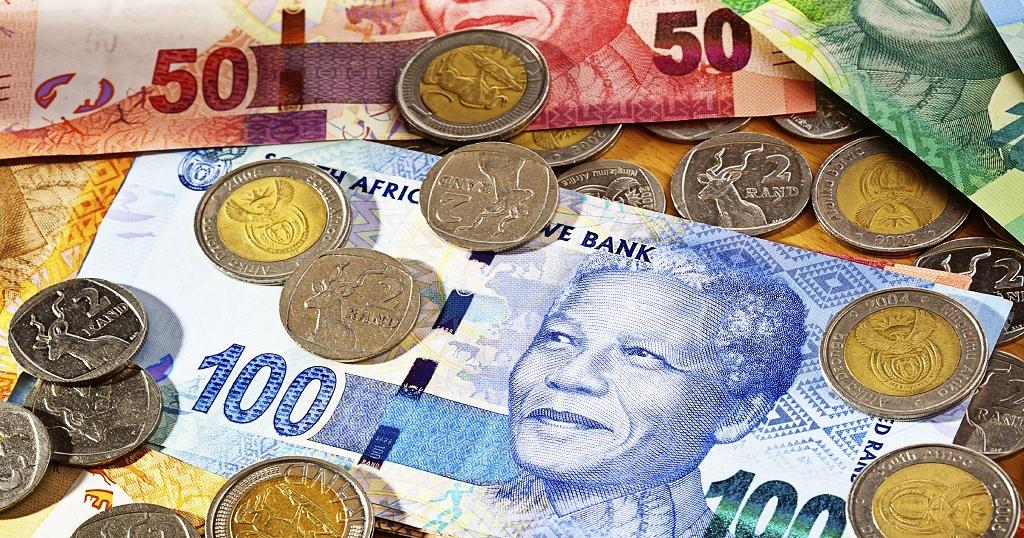
South Africa at It Again, Now Introducing Gender Neutral ID
Instead of addressing the essential issues in South Africa, such as land reform, poverty and educational opportunities, the government of Cyril Ramaphosa has resorted to playing games. The Department of Home Affairs, is now considering offering citizens the option to select a gender or choose to be non-binary. Can the government of Cyril Ramaphosa, focus on more important issues that affect the black citizens of South Africa. These western liberal ideas being championed by US President Joe Biden are now showing up in South Africa.
In a presentation on Thursday (4 November), the department’s chief information officer, Sihle Mthiyane, said that this would include proposed changes to ID numbers in South Africa, and references to a person’s gender. South Africa would be the first African country to revise its national identity system to recognize different gender identities. However, it highly likely that US President Joe Biden’s administration will eventually coerce more African countries to do the same. South Africa has resorted to stupid western liberal tactics to divert the attention of its black citizens who have REAL economic issues. What the ANC and the government of Cyril Ramaphosa are not addressing are the real issues that black South Africans need to solve:
- 73% of land suitable for agriculture is still owned by whites.
- It is estimated that only 10% of the Johannesburg Stock Exchange (JSE)’s top 100 are held directly by black people and 13% is held indirectly by black people (through individuals contributing to pension funds, unit trusts and life policies”)
- Only 0.6% of the investments on JSE are directly managed by black people.
- Black South Africans remain heavily under-represented in the skilled jobs market.
Additionally, according to South Africa’s Department of Statistics https://www.statssa.gov.za/?p=12075 :
- Approximately half (49,2%) of the adult population were living below the upper-bound poverty line (UBPL).
According to the LCS 2014/15, there were 35,1 million adults (aged 18 years and older) in South Africa in 2015. When looking at the poverty headcount by sex using the UBPL, adult males and females experienced a headcount of 46,1% and 52,0%, respectively. Adult females experienced higher levels of poverty when compared to their male counterparts, regardless of the poverty line used.
- Gauteng and the Western Cape had the lowest proportion of adults living in poverty (UBPL).
The provinces with the highest headcount of adult poverty are Limpopo (67,5%), Eastern Cape (67,3%), KwaZulu-Natal (60,7%) and North West (59,6%). For these four provinces, significantly more than half of their population were living in poverty. Gauteng and Western Cape had the lowest proportion of adults living in poverty at 29,3% and 33,2%, respectively.
3. Female-headed households mostly felt the experience of poverty.
According to the LCS 2014/15, approximately 40,0% of South Africans were living below the UBPL. The poverty gap (the distance away from the poverty line) and severity of poverty measures were larger for female-headed households compared to households headed by males. The proportion of females living below the UBPL was 16,9 percentage points more than that of households headed by males (49,9% versus 33,0%). Almost six out of every ten households headed by males (59,3%) compared to over seven out of every ten households headed by females (74,8%) in traditional areas were living under the UBPL.
4. Poor children were twice as likely to have no access to safe play areas.
Having a safe play area is fundamental for the healthy development and growth of a child. At the UBPL, more than half of non-poor children (53,7%) lived in neighborhoods with safe play areas compared to just a quarter of poor children (25,7%)
5. Poor households headed by females had better access to housing and electricity, but not to water, sanitation and refuse removal services.
About 91,4% of poor male-headed households were connected to electricity compared to 95,2% of poor female-headed households. For poor female-headed households, 69,6% had full access to water compared to 71,7% of poor male-headed households.
Why is Cyril Ramaphosa addressing gender issues instead of implementing land reform?



